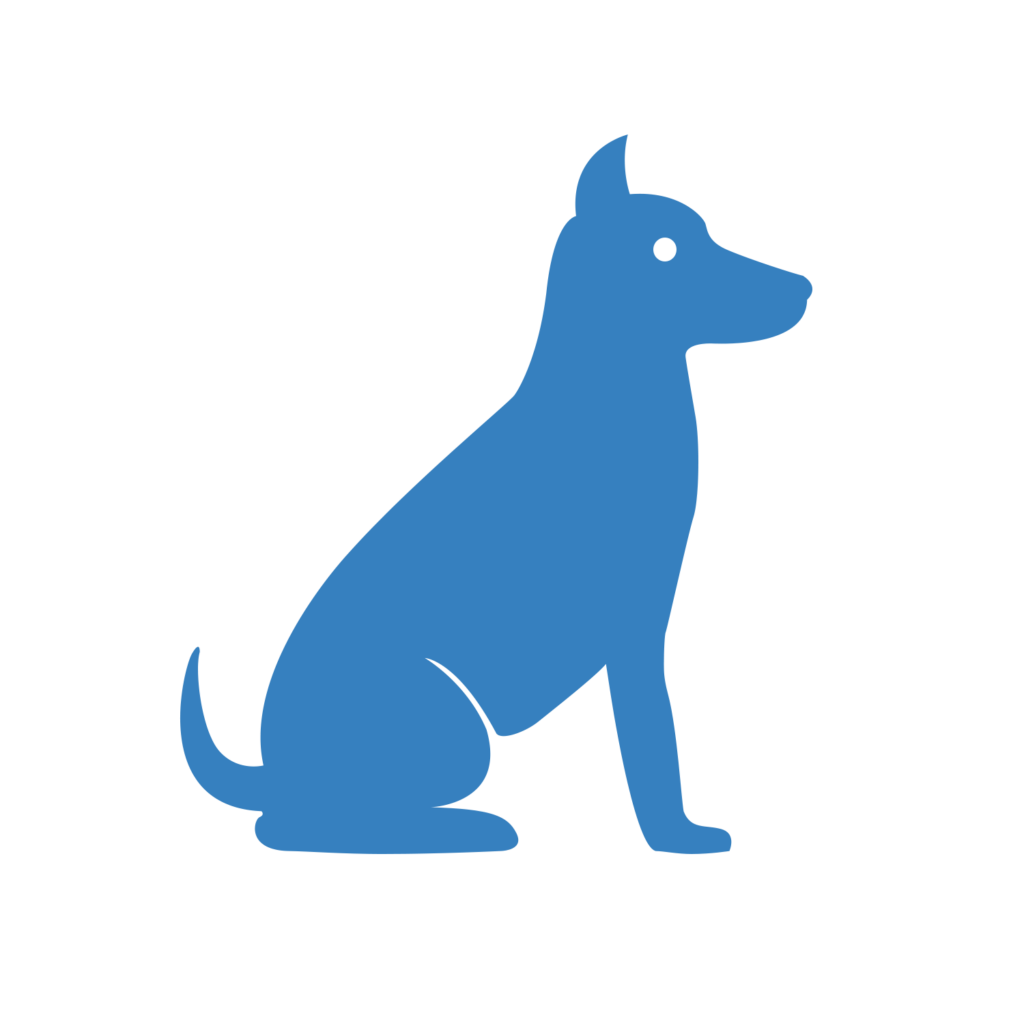

Collie Eye Anomaly
Turnaround: 3-5 business daysTurnaround: 7-10 business days
Price: $45.00Price: £40.00
Breeds: Aussiedoodle, Australian Kelpie, Australian Mix, Australian Mountain Dog, Australian Mountain Doodle, Australian Shepherd, Australian Shepherd/Border Collie, Bearded Collie, Border Collie, Border-Aussie, Bordoodle, Boykin Spaniel, Collie, English Shepherd, Lancashire Heeler, Long Haired Whippet, Miniature American Shepherd, Miniature Australian Shepherd, Mixed Breed, Mixed Breed (Dog), Old English Sheepdog, Rough Collie, Scotch Collie, Shetland Sheepdog, Silken Windhound, Smooth Collie, Toy Australian Shepherd, Unspecified, Unspecified Breed, Whippet, Working Sheepdog
Description
Collie Eye Anomaly (CEA) is an inherited eye disease that affects both eyes. This disease is common in a number of breeds of dogs, not just collies. The disorder causes abnormal development in the choroid. The choroid is a few layers of tissue in the eye under the retina that bring oxygen to the eye. CEA is a genetically recessive disease. Genetically recessive diseases are diseases that can be passed from either parent and require two copies of the gene to show symptoms.
The disease causes underdevelopment of the choroid. The abnormal choroid appears pale and translucent. In most cases CEA is present at birth and can be detected in puppies as young as 4-8 weeks of age. There is currently no treatment for this disease.
Studies have shown that approximately 70-97% percent of rough and smooth collies in the United States and Great Britain have at least one copy of the mutation that causes CEA. Approximately 68% of Rough Collies in Sweden are affected. Border Collies are also subjected to this disorder, but a lower percentage is affected. CEA is also seen in Australian Shepherds, Shetland Sheepdogs, Lancashire Heelers, and other herding dogs.
Animal Genetics has developed a panel of six DNA markers called a "haplotype" to test for CEA. Animal Genetics is interested in developing a more comprehensive test to better distinguish those individual animals that may develop a more severe form of CEA from those that do not. Although we do not incorporate the genetic mutation Optigen claims to have an exclusive right to use into our panel, our test results using this haplotype of six DNA markers provides the same result.
Possible Results
| Genotype | Description |
|---|---|
| CEA/CEA | At Risk: Dog has two copies of the Collie Eye Anomaly mutation and may be affected by the disorder. Dog will always pass a copy of the CEA mutation to any offspring. |
| n/CEA | Carrier: Dog has one copy of the Collie Eye Anomaly mutation. The dog is not affected by CEA but may pass the mutation to offspring. |
| n/n | Negative: Dog is negative for the mutation associated with Collie Eye Anomaly. |
Reference
Lowe JK, Kukekova AV, Kirkness EF, Langlois MC, Aguirre GD, Acland GM, Ostrander EA. Linkage mapping of the primary disease locus for collie eye anomaly. Genomics. 2003 Jul;82(1):86-95. [PubMed: 12809679]